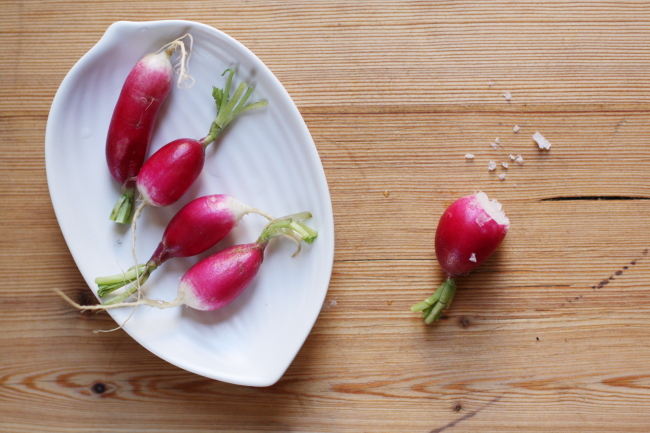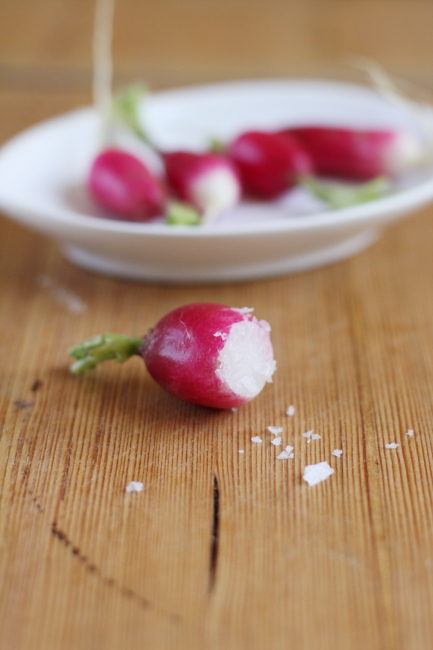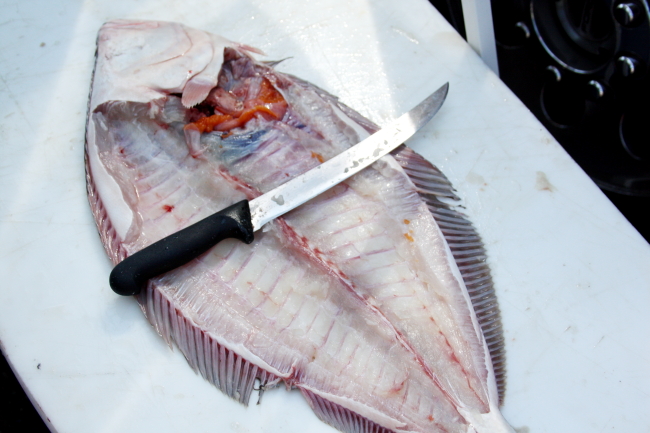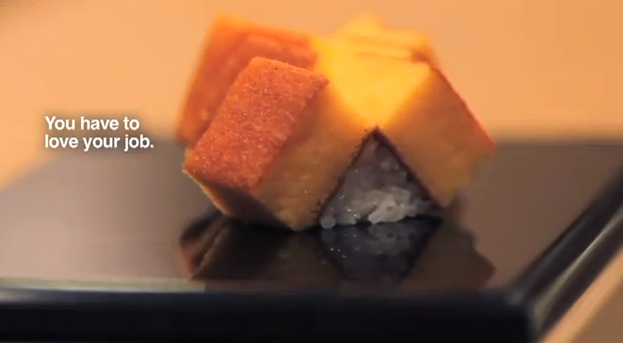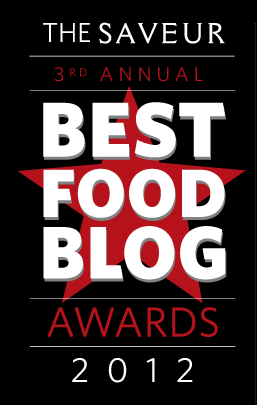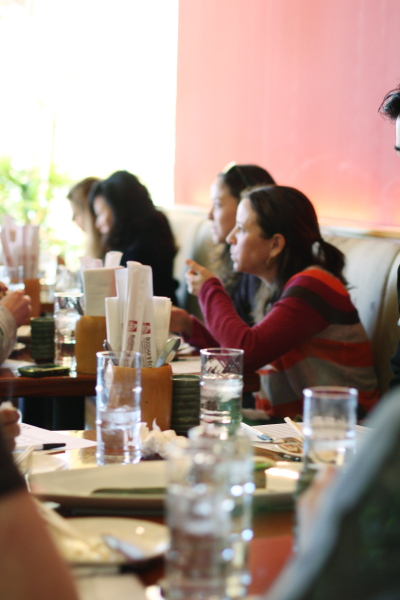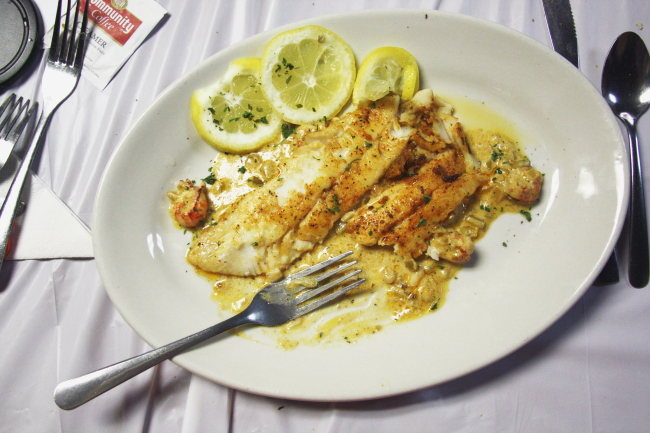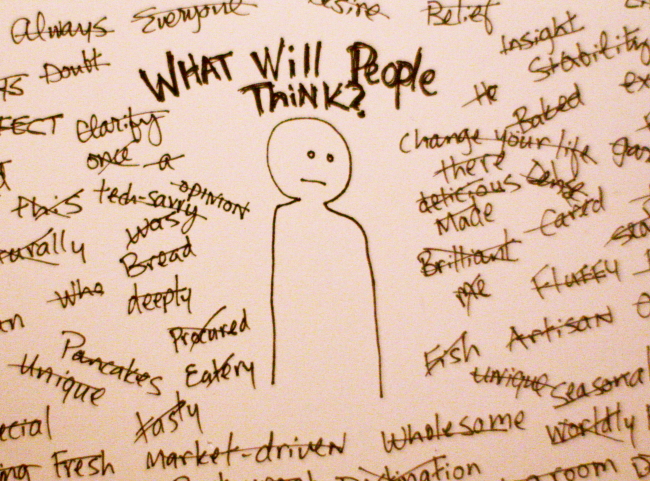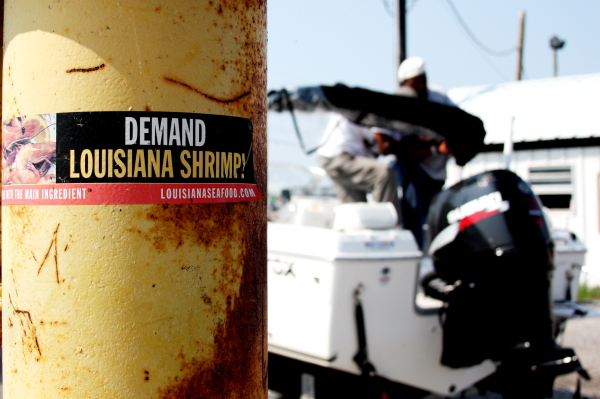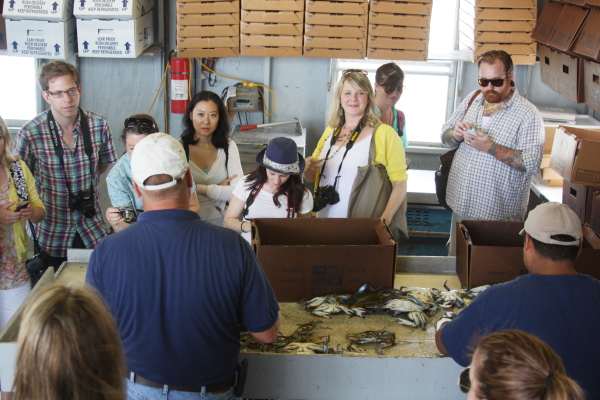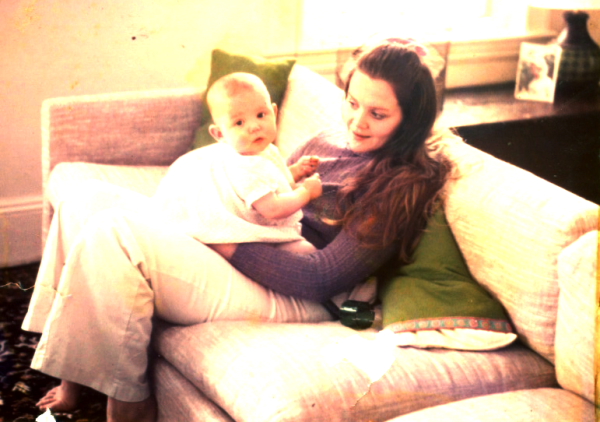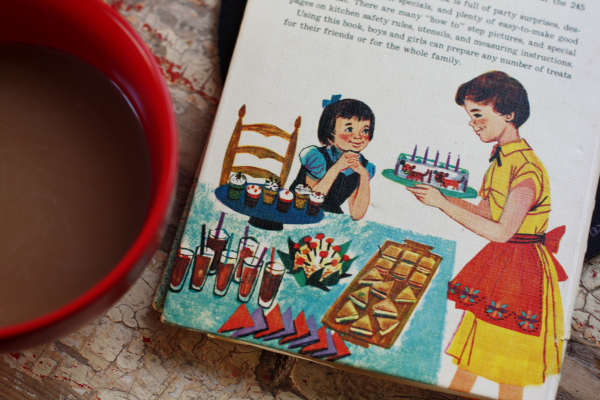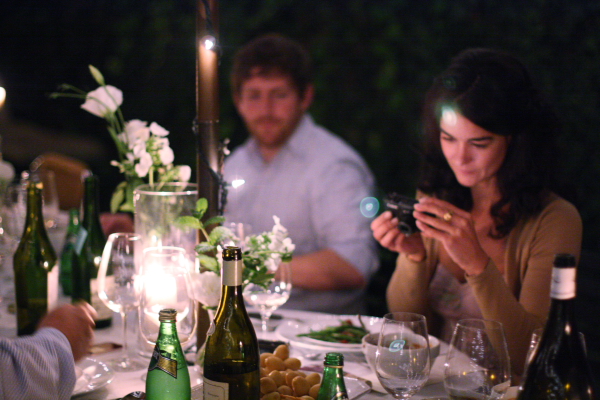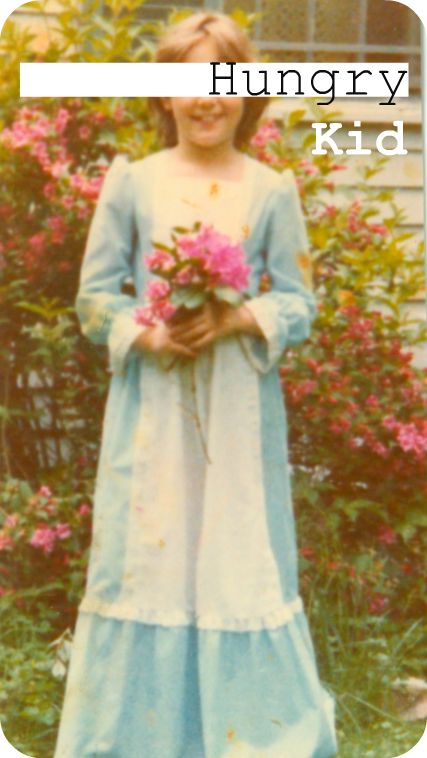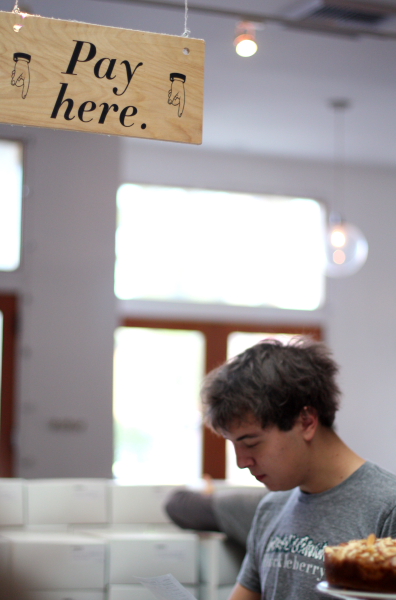Life is like a Bundt cake pan. You can either focus on the big hole in the middle or appreciate the light, fluffy cake it holds.
That’s a bit of unexpected insight I recently found during a meditation I had this week. I was hoping for some insight on how I can ease up on being so hard on myself and this is what came to me. A dessert recipe. For life.
I have to admit, I laughed out loud when the vision of a Bundt pan filled with Angel Food cake came to mind. Divine inspiration, keenly directed towards its audience. I love food so much, it’s easy for the metaphor to hit the bullseye.
It’s up to me if I’m going to stay in the dark void or savor the sweetness of this beautiful life.
 It’s so easy to get caught up in the little mistakes, the missteps, the fumbles, and awkward moments that can collect through the day. If I’m not careful, I can waste so much time on the negative, rather than focus on the positives of every day. Rather than see how I opened the door for a mother struggling with the stroller, I focus on how I hesitated too long before I put money in the barista’s tip jar. I can avoid a nice swim in the happiness of my work, to wallow in the problems. I’ll scrutinize every wrinkle on my face instead of marveling on the progress I’ve make with my health. Rather than feeling good about the time I dedicate to my well being and creativity, I’ll beat myself up for not filling the hours with hard, physical labor.
It’s so easy to get caught up in the little mistakes, the missteps, the fumbles, and awkward moments that can collect through the day. If I’m not careful, I can waste so much time on the negative, rather than focus on the positives of every day. Rather than see how I opened the door for a mother struggling with the stroller, I focus on how I hesitated too long before I put money in the barista’s tip jar. I can avoid a nice swim in the happiness of my work, to wallow in the problems. I’ll scrutinize every wrinkle on my face instead of marveling on the progress I’ve make with my health. Rather than feeling good about the time I dedicate to my well being and creativity, I’ll beat myself up for not filling the hours with hard, physical labor.
My inner critic sounds a lot like Joan Crawford in Mommy Dearest. And to be honest, I’m kinda sick of the bitch.
I’ve found that the best way for me to stay in the lightest parts of life, is for me to be in action. I need to be of service to others through my work, or to myself through prayer, mediation, fellowship, and exercise. I need to cook. I need to make people laugh. I need to take pretty pictures. I have to take my ideas of faith and put them into action.
Every day I have a choice of where I want to be. There will be negative spaces in life. But rather on focusing on the void, I will choose to enjoy the fluffy, sweet center of it all.
 Just as it is in life, this cake didn’t necessarily turn out the way I thought it would. The organic flour and brown sugar gives this cake a unique texture that is a fair bit more dense than a traditional Angel Food cake. The addition of the fruit compote and whipped cream makes this cake super enjoyable.
Just as it is in life, this cake didn’t necessarily turn out the way I thought it would. The organic flour and brown sugar gives this cake a unique texture that is a fair bit more dense than a traditional Angel Food cake. The addition of the fruit compote and whipped cream makes this cake super enjoyable.
[print_link]
Brown Sugar Angel Food Cake
Adapted from a recipe fromMartha Stewart Cookbook: Collected Recipes for Every Day
For the cake:
1 1/4 cups sifted cake flour (not self-rising)–if you use organic flour the cake will be dense
1 1/2 cups light brown sugar, sifted
14 egg whites (save the yolks to make ice cream!)
1 1/2 teaspoons cream of tartar
2 teaspoons grated lemon zest
For a simple mixed berry compote:
1 package of trader Joe’s frozen mixed berries
8 tablespoons water
8 tablespoons vanilla Torani syrup
For the whipped cream:
1 cup heavy cream
1/2 teaspoon vanilla extract
quartered strawberries
Preheat your oven to 350 F. Mix the sifted cake flour with 3/4 cup of brown sugar. Sift the mixture twice. (If you are wondering how to sift flour you can go to www.kitchendaily.com/2010/09/07/how-to-sift-flour/ to watch a video on how this is done! I struggled with this and found a fair amount of sugar clumped in the sifter afterwards.)
Beat the egg whites in a large bowl with an electric mixer at medium speed until the liquid becomes foamy. Sift the cream of tartar into the mixture and increase the speed of the mixer to hight. Beat until the egg whites are thick and tripled in volume, about 4-6 minutes. Lightly sprinkle half of the remaining brown sugar into the egg whites. Mix until the sugar is fully incorporated. Repeat this step with the sugar. Continue beating until the egg whites become thick and glossy.
Fold the cake flour and sugar mixture in three additions. As you add the final bit of sugar and cake flour, also add the lemon zest.
Spoon the cake mixture into an unbuttered 10-inch angel food bundt pan (Martha suggests you use one with a removable bottom). Run a knife through the batter to break any air bubbles. Bake for 30-40 minutes, or until the cake is golden in color and is springy to the touch.
Invert the cake on a cooling rack and let cool completely for an hour. To remove the cake from the pan, run a knife around the sides and in the center tube.
Meanwhile, empty the bag of Trader Joe’s Organic Mixed berries into a sauce pan. Add the water and vanilla syrup. Cook over a high heat to melt the frozen berries. When it starts to boil, turn down the heat and let reduce until it comes to a desired consistency. I like to cook things down for about 8-10 minutes. Let cool.
When you’re ready to serve up the cake, whip the cream with vanilla until stiff.
Cut the cake in half horizontally and spread a layer of the whipped cream over the top of the bottom half. Arrange the quartered strawberries over the whipped cream. Add the top layer of the cake and then top generously with the remaining whipped cream.
Serve with a generous spoonful of berry mixture over the top of each serving.


